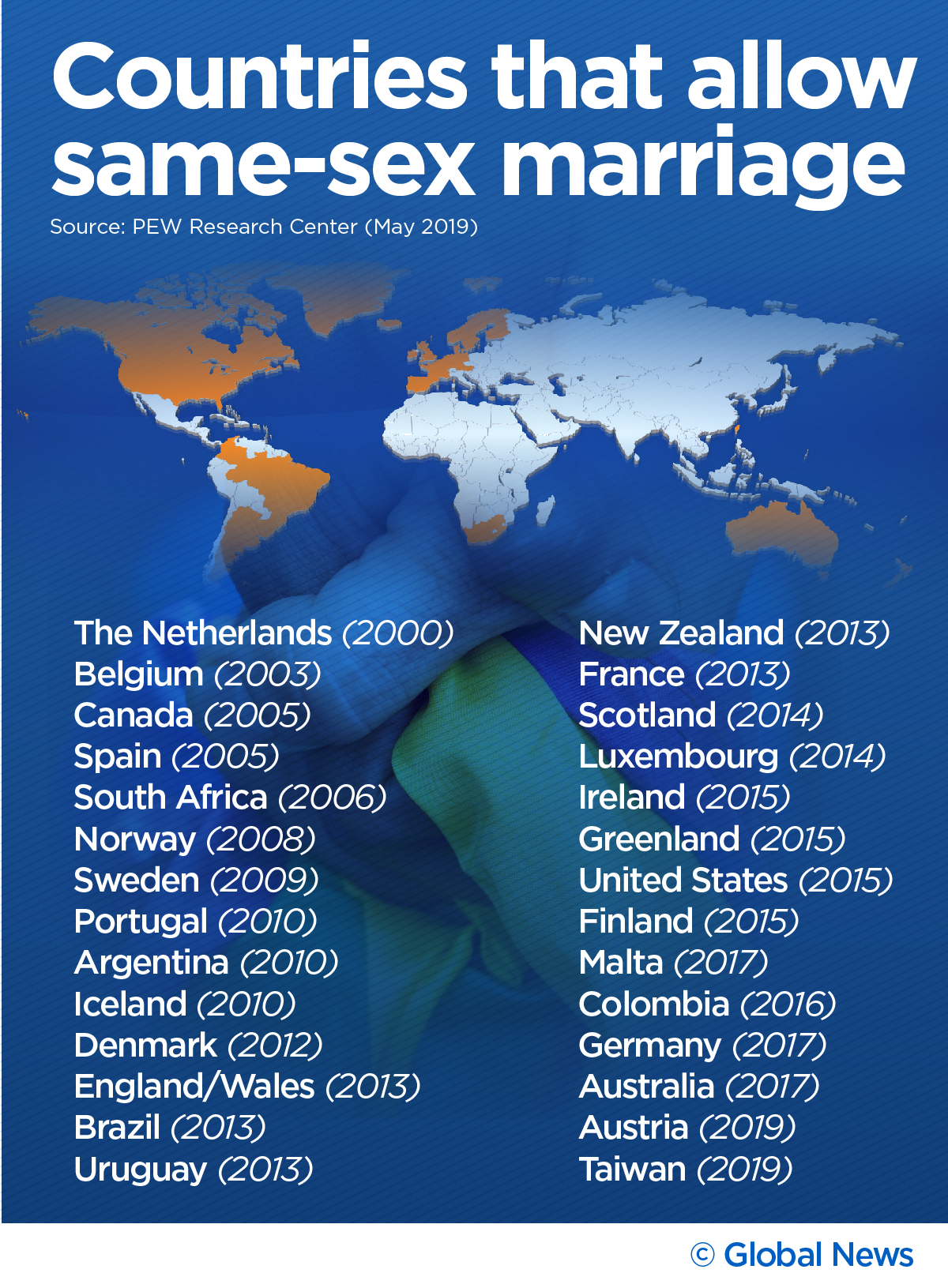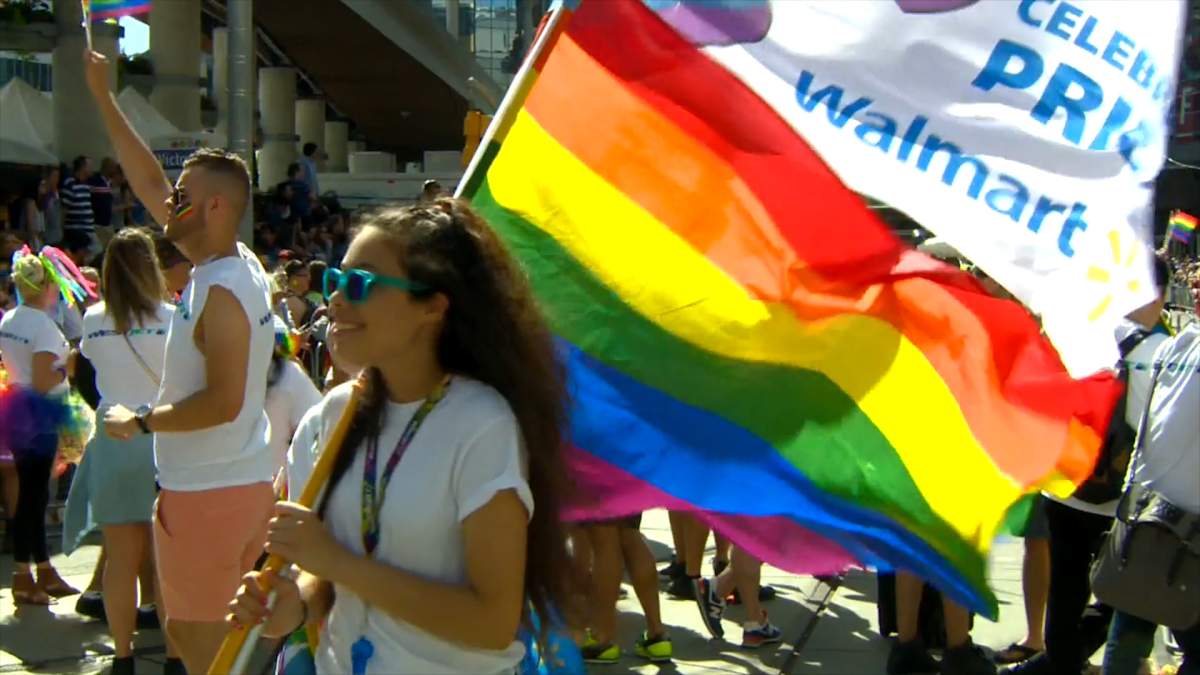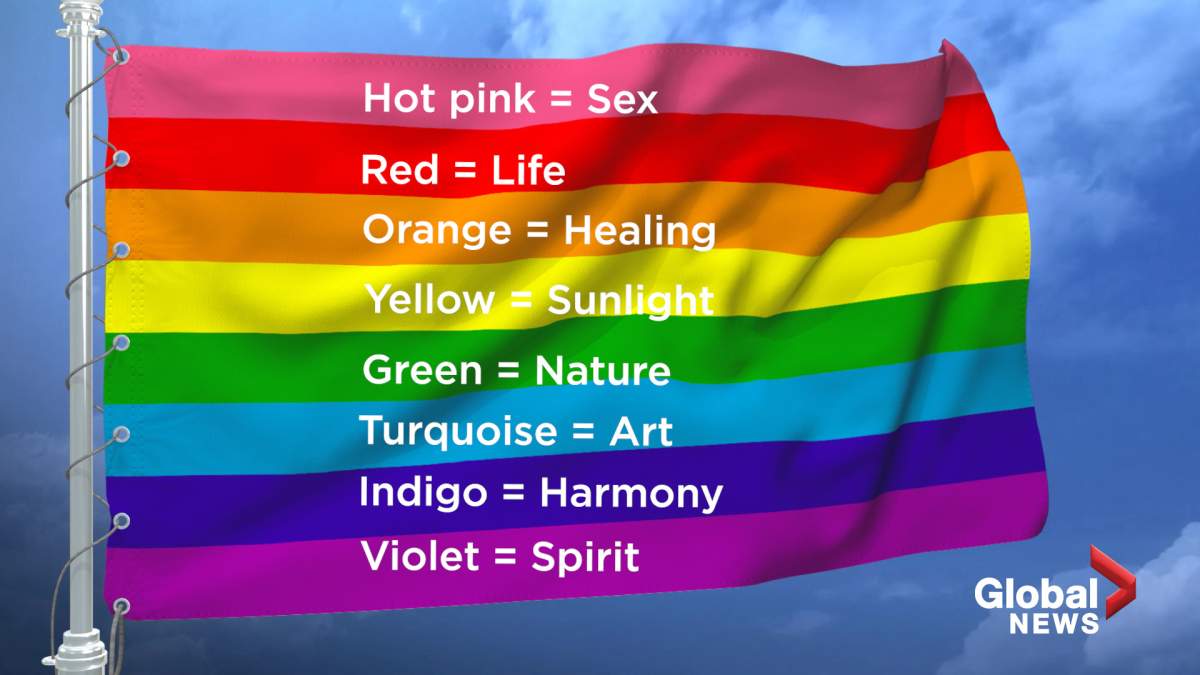It’s Pride month, a time when thousands of people from around the world paint the town in rainbow colours.

The month is meant to celebrate the LGBTQ2 community, which includes individuals who identify as lesbian, gay, bisexual, transgender, queer and two-spirit as well as a range of other gender and sexual identities.
Pride month is held annually in honour of the Stonewall riots, which took place in New York City in June 1969.
At the time, an LGBTQ2-friendly establishment known as the Stonewall Inn was the site of several police raids targeting LGBTQ2 individuals. This led to a series of riots that were held outside the Stonewall Inn and intensified the fight for equal rights for the LGBTQ2 community.
The Stonewall riots are considered a turning point in LGBTQ2 history and are credited with opening the door to equal rights and opportunity for LGBTQ2 individuals.
“I think that we take for granted that everybody gets acceptance everywhere all the time and, quite frankly, that is not the case,” , executive director of Pride Toronto, told Global News.

Get breaking National news
In an effort to continue the fight for equal rights, LGBTQ2 communities in many parts of the world have held Pride parades every June since the 1969 Stonewall riots.
“The beauty of Stonewall is that it started an international fight for the rights of LGBTQ2+ people,” said Nuamah. “And internationally, we’ve seen a huge lot of change. We’ve seen a number of places where we thought same-sex marriage was never going to be legalized that have now become legalized. We’ve seen places that have slowly started to have those conversations, that have slowly started to educate about what acceptance looks like.”
According to the Pew Research Center, there are 28 countries that have legalized same-sex marriage.
Belgium and Spain were two of the first countries to pass same-sex marriage laws, and Austria and Taiwan are the most recent countries to legalize same-sex marriage.
The LGBTQ2 community is most commonly associated with a rainbow flag.
The flag was first designed in 1978 to feature eight horizontal stripes. It was designed by Gilbert Baker, a drag queen who identified as gay.
According to Encyclopedia Britannica, Baker strategically picked the colours. They include hot pink to symbolize sex, red for life, orange for healing, yellow for sunlight, green for nature, turquoise for art, indigo for harmony and violet for spirit.
The eight-stripe flag eventually had to be altered to a six-stripe flag because of production issues. The pink and turquoise stripes were removed, and indigo was replaced by a blue-coloured stripe. Today’s LGBTQ2 flag features red, orange, yellow, green, blue and violet stripes.
LGBTQ2 communities have fought for their rights for around 50 years and hope to continue fighting, Nuamah said.
She hopes for “the ability to see this community as one of just a range of communities around the world.”
Nuamah added: “I want to see heterosexuality included in LGBTQ2+, not as a normative thing but just as one of a range of sexual identities that you can experience and live through. And we want all of those identities to be accepted equally.”
Thousands of individuals around the world will be using Pride month to celebrate the victories the LGBTQ2 community has won and rally for the battles still being fought.











Comments